Analog multimeters are one of the most important tools in a technician’s toolbox. In this blog post, we will show you how to use an analog multimeter. We will also show you how to troubleshoot electrical problems with your multimeter. So, if you’re looking for a comprehensive guide on how to use an analog multimeter, you’ve come to the right place!
What is Analog Multimeter?
In simple terms, it is a device that can measure multiple electrical properties, including voltage, resistance, and current.
They are often used in electronic troubleshooting because they can provide an easy and quick way to test various components in a circuit.
It is used by electricians, electronic technicians, and other professionals who work with electrical systems.
Most analog multimeters have a dial that allows the user to select the desired function and a needle that moves along a scale to indicate the reading.
Some models also have a digital display that can show readings in numeric form.
One more thing you need to know about analog multimeters is that they are often referred to as voltmeters, ammeters, or ohmmeters.
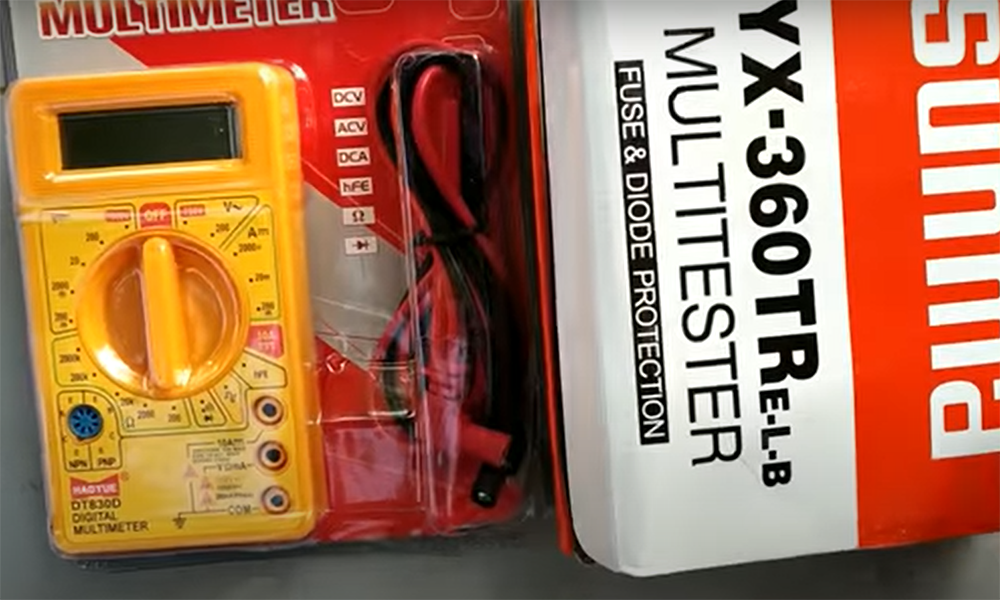
This type of multimeter is the most common type of multimeter and is often used for general-purpose measurements.
Analog multimeters are typically less expensive and easier to use than digital multimeters. However, they are not as precise and can be more difficult to read.
How does it work?
Analog multimeters work by using a needle and scale to measure current, resistance, or voltage in an electrical circuit. The needle is connected to a moving coil that is wrapped around a magnet. When electricity flows through the coil, it creates a magnetic field that moves the needle. The position of the needle on the scale indicates the magnitude of the measurement.
The operation of an analog multimeter is based on the principle of magnetic induction. When a current flows through a conductor, it creates a magnetic field around the conductor. This magnetic field can be used to generate a voltage in another conductor that is placed near the first conductor. By using this principle, an analog multimeter can measure both AC and DC voltages.
If you want to measure current, you’ll need to set the multimeter to the “DC” or “AC” setting. To measure voltage, set the dial to “DC” or “AC.” To measure resistance, set the dial to the ohms symbol.
Difference Between an Analog Multimeter and a Digital Multimeter
There are some key differences: [1]
- First, as the name suggests, an analog multimeter uses a needle to take measurements, while a digital multimeter uses a digital display.
- Second, digital multimeters are generally more accurate than analog meters. The reason for this is that digital meters have to use a process of converting an analog signal into a digital one, which can introduce some errors.
- Finally, analog meters are typically less expensive than digital meters because they are simpler in design.
Analog multimeters are the preferred choice for many professionals, as they are cheaper and offer greater precision.
If you’re just starting out, a digital meter may be a better option for you, as they are generally more accurate and easier to use.
Understand the Analog Multimeter Scale
- The first thing you need to understand when using an analog multimeter is the scale. The scale is simply the divisions on the meter that indicate how much voltage, resistance, or current is flowing through a circuit. Each division on the scale represents a specific unit of measurement. For example, if the scale has 100 divisions, each one represents 0.01 volts.
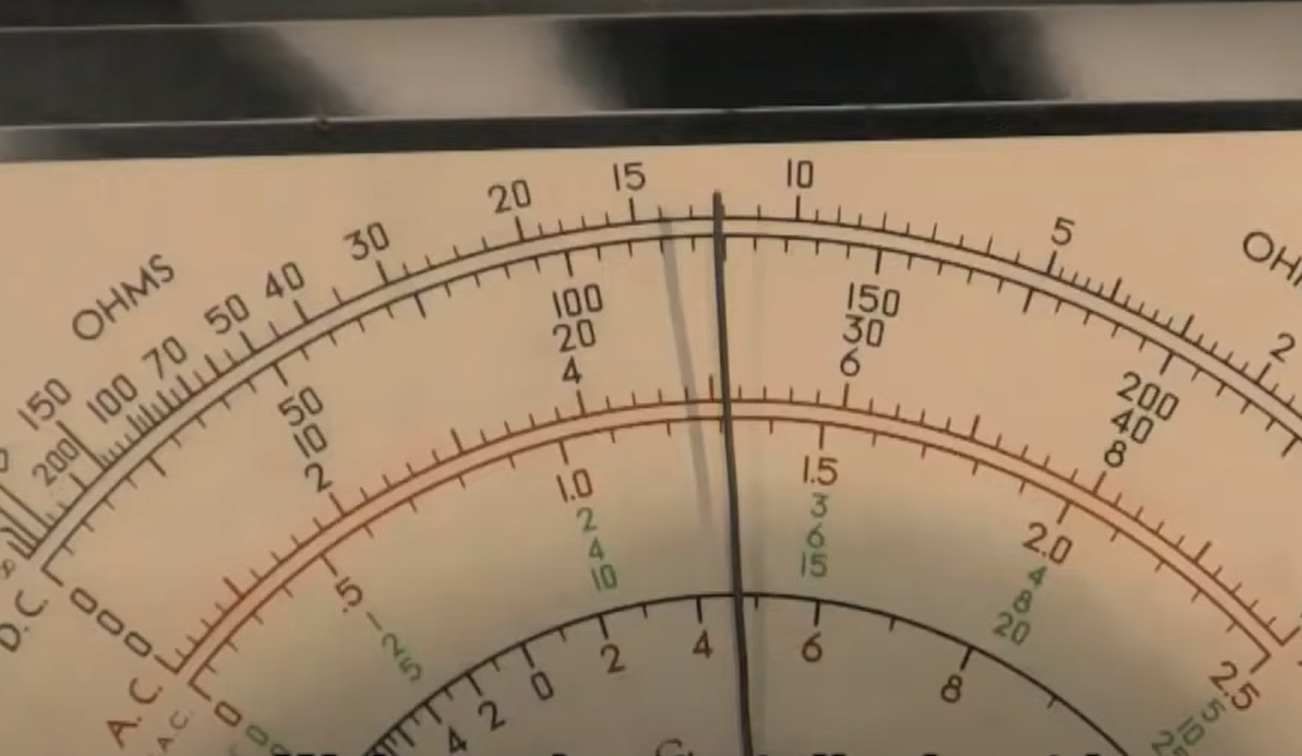
- Analog multimeters usually have three main scales: voltage, current, and resistance. There will also be a fourth scale for continuity, which we’ll discuss later. To measure voltage, you simply need to set the dial to the V₂₀₀ position. For current, set the dial to the A₁ position. And for resistance, set the dial to the Ω₁ position.
- The panel of the multimeter will also have a few other symbols that you need to be aware of. First, there’s the ground symbol, which looks like a horizontal line with a vertical line through it. This is where you’ll attach the black lead of the multimeter. Second, there’s the power symbol, which looks like a vertical line with a horizontal line through it. This is where you’ll attach the red lead of the multimeter. Finally, there’s the arrow symbol, which indicates the direction of the current flow. [1]
Now that you understand the basics of the analog multimeter, let’s move on to using it.
How to Use an Analog Multimeter
First of all, let’s find out what you need to measure with your analog multimeter. Do you need to measure voltage, current, or resistance?
Once you know what quantity you need to measure, select the correct mode by turning the knob on the front of the multimeter. For voltage measurements, use the “V” mode. For current measurements, use the “A” mode. And for resistance measurements, use the “R” mode. [2]
Now that you’ve selected the correct mode, it’s time to connect your multimeter to the circuit you want to measure.
- For voltage measurements, simply connect the black lead of your multimeter to the ground of the circuit and the red lead to the point in the circuit where you want to measure the voltage.
- For current measurements, connect the black lead to the ground of the circuit and the red lead in series with the load. In other words, insert the red lead into the circuit in such a way that it will create a complete circuit with the load.
- Finally, for resistance measurements, you need to connect the black lead to one end of the resistive element and the red lead to the other end.
Now that you’ve made all the necessary connections, it’s time to take a reading.
- For voltage measurements, simply read the value on the multimeter’s display.
- For current measurements, you need to press and hold down the “A” button while you read the value on the display.
- And for resistance measurements, you need to press and hold down the “R” button while you read the value on the display.
That’s all there is to it! With a little practice, you’ll be able to take accurate readings with your analog multimeter in no time.
How To Assess Barriers With An Analog Multimeter
There are many ways to assess barriers, but one method is by using an analog multimeter. This device can measure the resistance of a material and give you a good indication of how effective the barrier will be.
Here’s how to do it:
First, set the dial on the multimeter to the Ohms setting. Then, touch the probes to the two sides of the material you’re testing. If the multimeter shows high resistance, then the material is a good barrier.
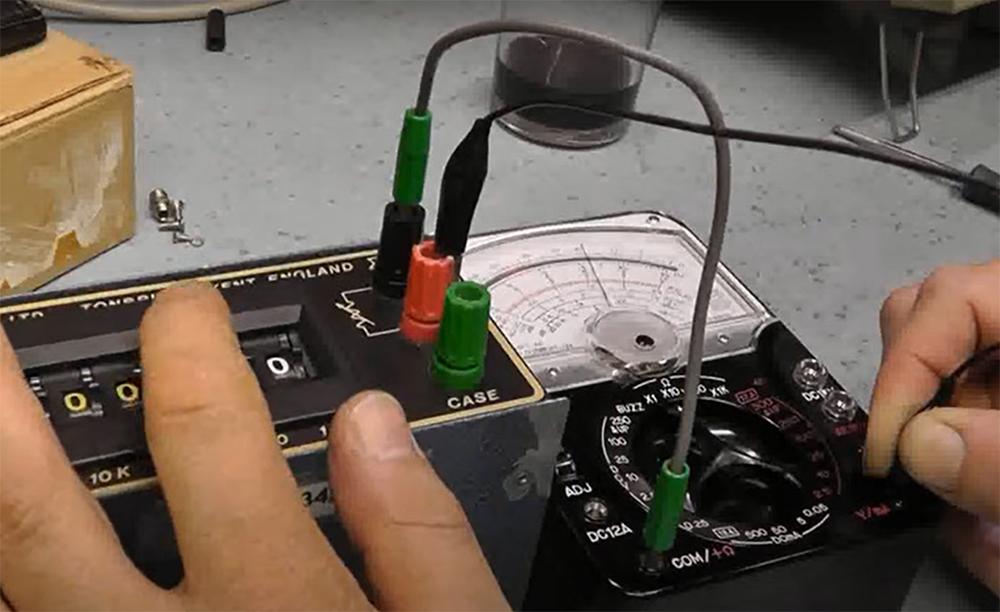
If the multimeter shows a low resistance, then the material is not a good barrier.
Keep in mind that this is just one method of assessing barriers and it’s not always 100% accurate. However, it’s a good starting point if you’re not sure where to begin.
Why Should You Always Calibrate Your Analog Multimeter?
However, one of the most important things to remember when using an analog multimeter is that you should calibrate it before each use. This is because even a small change in the calibration can result in large errors in the measurements.
There are two main reasons why you have to calibrate your analog multimeter.
- Firstly, it ensures that your measurements are as accurate as possible.
- Secondly, it compensates for any drift that may have occurred in the multimeter’s calibration.
Calibrating your analog multimeter is a relatively simple process. All you need is a known good reference voltage source and a precision resistor.
- First, connect the positive lead of the multimeter to the positive terminal of the reference voltage source.
- Then, connect the negative lead of the multimeter to the precision resistor.
- Finally, adjust the knob on the multimeter until the needle points to the correct voltage on the scale.
General hints and tips
Analog multimeters are one of the most common types of meters used in electronics. Here are some general tips:
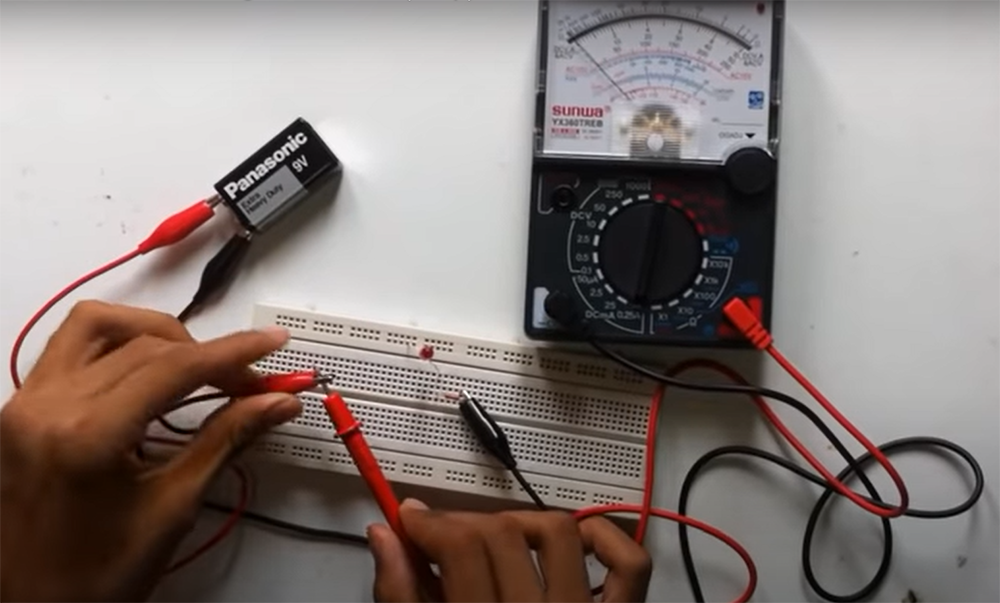
- Always use the highest range that will give you a reading in the “safe” zone. For example, if you are measuring voltage and the meter has a 200-volt range, use the 200-volt range rather than the 20-volt range. This will help to avoid damage to your multimeter or your circuit.
- If you are measuring current, make sure that the multimeter is rated for the amount of current you are measuring. Most multimeters can only measure up to about one amp of current.
- Be careful when measuring the voltage on a circuit that is powered by AC (alternating current). AC can damage your multimeter if you use the wrong range. always use the highest range when measuring AC voltage.
- When measuring resistance, always use the ohm range that is appropriate for the amount of resistance you are measuring. For example, if you are measuring a resistor with a value of 100 ohms, use the 100-ohm range on your multimeter. If you use a higher range, you may get an inaccurate reading.
- If you are not sure what range to use, start with the highest range and work your way down until you get a reading that is in the “safe” zone.
- Don’t forget about safety! Always unplug circuits before you measure them. Be careful not to touch any exposed wires or metal parts. If you are unsure about anything, please consult a qualified electronics technician or engineer.
- Remember that analog multimeters are not as accurate as digital multimeters. If you need an accurate reading, you should use a digital multimeter.
With these tips in mind, let’s take a look at how to use an analog multimeter.
FAQ
If you’re working with electrical circuits, it’s important to know how to use a multimeter. Here are some frequently asked questions about analog multimeters.
What’s the symbol for continuity on a multimeter?
The continuity symbol on a multimeter looks like a curved line with a dot in the middle. This symbol is used to test whether or not there is a complete circuit between two points.
What is a good continuity reading?
A good continuity reading should be close to zero ohms. This means that there is a very low resistance between the two points you’re testing.
How often should I test my continuity?
It’s a good idea to test your continuity often, especially if you’re working with electrical circuits. This will help you identify any potential problems before they cause serious damage.
What is the most important safety rule when using a multimeter?
The most important safety rule when using a multimeter is to always disconnect the power before you begin testing. This will prevent you from accidentally electrocuting.
What if I get a reading of infinity?
If you get a reading of infinity, it means that there is an open circuit between the two points you’re testing. This could be caused by a broken wire or a loose connection.
How long should I hold the probes on the points I’m testing?
You should only need to hold the probes on the points you’re testing for a few seconds. If you’re getting erratic readings, it’s possible that you’re not making good contact with the point.
Useful Video: Parts of an Analog Multimeter and How to Use
Final Thoughts
If you’re new to electronics, then learning how to use a multimeter is a great place to start. Not only will you develop a better understanding of how electronic circuits work, but you’ll also be able to troubleshoot and repair them when something goes wrong.
However, remember that safety should always be your top priority when working with electricity. Be sure to consult a professional if you’re ever in doubt about what you’re doing.
Now that you know how to use an analog multimeter, it’s time to put that knowledge into practice. Get a hold of a multimeter and start taking some measurements. Soon you’ll be a pro at using this essential piece of test equipment.
So what are you waiting for? Get out there and start using your analog multimeter! You’ll be glad you did.
Do you have any tips on using a multimeter? Share them with us in the comments below.
Happy measuring!
References:
- https://www.laserlevelhub.net/how-to-use-analog-multimeter/
- https://mystolenhome.com/how-to-use-analog-multimeter/





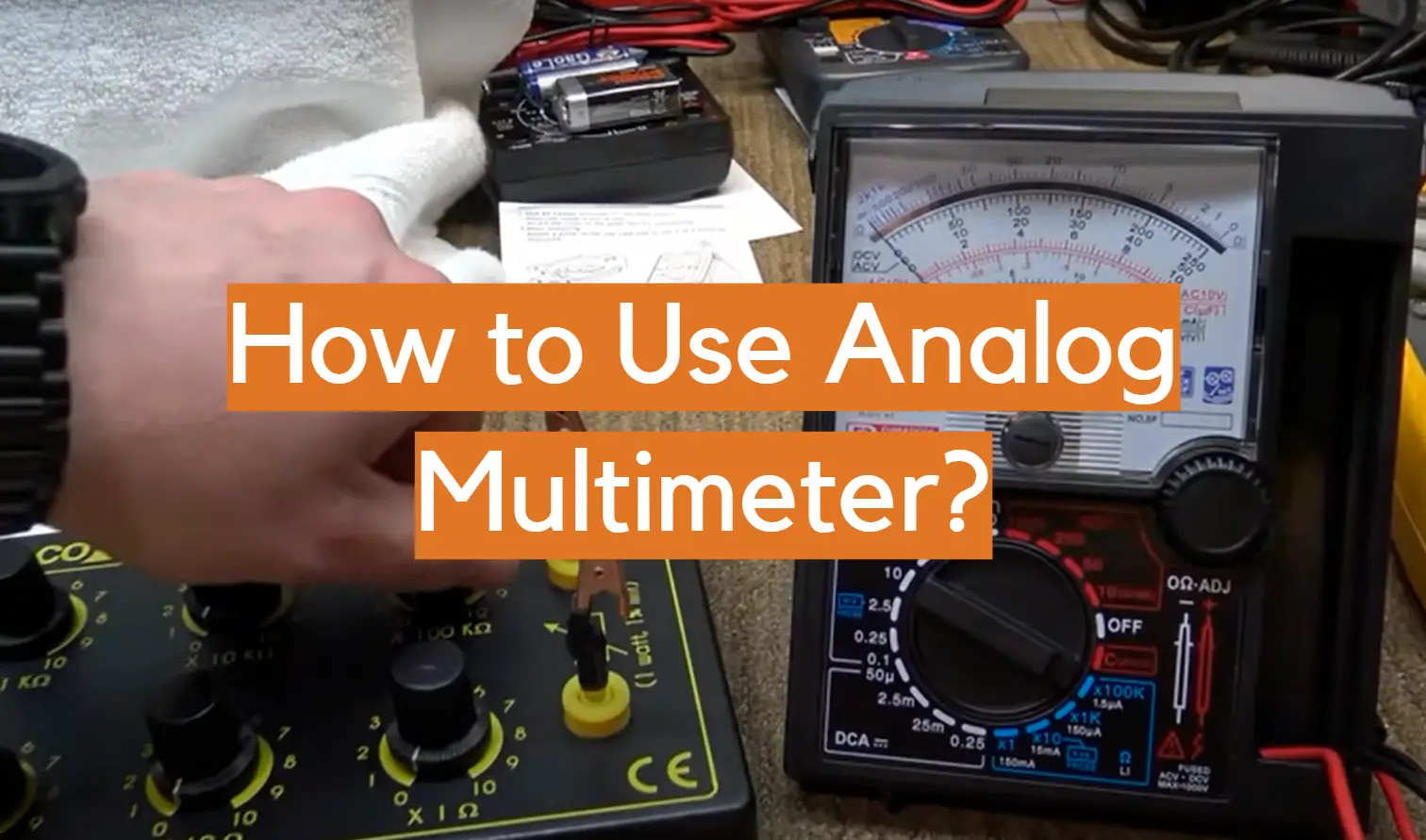
 In my opinion, analog multimeters are invaluable tools for anyone dealing with electrical systems. They offer a straightforward means of measuring voltage, resistance, and current, making them essential for electronic troubleshooting. These versatile devices serve electricians, electronic technicians, and various professionals effectively. With their user-friendly dials and sometimes digital displays, they simplify the testing process. Additionally, their various aliases, such as voltmeters,
In my opinion, analog multimeters are invaluable tools for anyone dealing with electrical systems. They offer a straightforward means of measuring voltage, resistance, and current, making them essential for electronic troubleshooting. These versatile devices serve electricians, electronic technicians, and various professionals effectively. With their user-friendly dials and sometimes digital displays, they simplify the testing process. Additionally, their various aliases, such as voltmeters, 







Leave a Reply